Earth Day, recognized world-wide on April 22, marks the beginning of the modern environmental movement in 1970. Decades later, the holiday still spurs the public to recognize the link between environmental degradation, poor human health and an endangered natural world.
In the United States, by the end of 1970, advocacy and bipartisan support led to the establishment of the United States Environmental Protection Agency, followed a few years later by the Clean Water and Clean Air acts. And due to increasing environmental threats, work to protect the earth continues.
While traveling, you can do your part by practicing eco-tourism and leaving natural attractions better than when you arrived. Check out our recommendations of some of the nation’s most beautiful protected lands, for low environmental-impact recreation during your Earth Day Travels. And if more urban locales are calling, we also have a list of eco-friendly hotels coast-to-coast.
New River Gorge National Park, West Virginia
Named the nation’s 63rd national park nearly a year ago, the area is the latest to receive the nation’s highest protected status for natural lands. New River Gorge is long-celebrated for offering some of the best white-water paddling and outdoor rock climbing on the East Coast. For a tamer adventure, hiking trails and campsites abound. The park’s location in southern West Virginia makes it the ecotourism crown jewel of a region rich in natural areas, including the Gauley River National Recreation Area, the Bluestone National Scenic River, in addition to seven state parks and four wildlife management areas.
The new designation covers 70,000 acres, and more than 50 miles of the New River, recognized as the second-oldest river in the world, flow through the park. Interestingly, the natural area’s most visually iconic landmark is the man-made New River Gorge Bridge. The work of structural art is the third highest bridge in the United States.
Rock climber tips: A park crag known as Junk Yard Wall offers routes with clear views of the New River Gorge Bridge. It’s a great spot for climbers of all levels. Tackle The New Yosemite route, an intricate 5.9 crack climb, to perfect those hand jams. This writer personally recommends Cave Routes 1 and 2 for a fun, 5.7 warm up, that is geologically intriguing. Be sure to practice Leave no Trace principles before hiking out from the crag.
White Sands National Park, New Mexico
Shifting sand dunes of bright, white gypsum cover 275 acres of southern New Mexico’s Chihuahuan Desert, creating the otherworldly landscape that is White Sands National Park. Speaking of extraterrestrial, “Star Wars” was filmed at the natural wonder in 1977, one of at least 20 feature films to use the location since 1950. For decades, the site has brought imaginings in dystopian, science and apocalyptic fiction to life.
Though White Sands appears desolate, it is in fact highly biodiverse and supported by an underground oasis. The area functions as a plant and animal life-supporting island, in the middle of the dry Chihuahuan desert. This is because water exists 12-36 inches below ground, keeping the gypsum dunes at 99 percent humidity year-round. During southern New Mexico’s rainy season, the water is replenished. Water that flows from two surrounding mountain ranges – the San Andres and Sacramento – carries minerals down to the dunes in low-lying White Sands. Then, crystals form from the mineral deposits, continually building dunes that shift in the wind. Plant roots protect the area from severe wind erosion by anchoring the dunes.
Studying hydrology at White Sands reveals why we recognize Earth Day. Rising global temperatures threaten to speed up the rate of water evaporation, which would disrupt the dune formation process at White Sands. If there is too little ground water, the northeasterly winds that shape the dunes will eventually blow them away, erasing a natural wonder and habitat for an array of species.
You can learn more about habitats at White Sands through ranger-led field excursions and classes. Hiking and backcountry camping provide opportunities for solo exploring, just remember to stay safe by following park guidelines.
Arctic National Wildlife Refuge, Alaska
This one is for the bold. The Arctic National Wildlife Refuge receives fewer than 2,000 visitors annually. The traditional home of the Iñupiat and Gwichʼin peoples, ANWR is the largest and northernmost wildlife refuge in the U.S., and one of the most biodiverse areas on the planet. Roughly the size of South Carolina, with no roads or facilities, ANWR is as remote as it is beautiful. And while the most experienced outdoor enthusiasts visit the refuge alone, there are expertly guided tours that will allow you to safely explore.
Opportunities for wildlife viewing in ANWR are astounding. Watch as the 200,000 strong Porcupine Caribou herd migrates to the plains of ANWR during a caribou spotting tour. Experience the joy of new life, as mother caribou settle in the area every June to give birth to their calves and rear them during their first weeks. And more than 200 bird species from all 50 states and across the world migrate to the refuge to nest. View polar bears during trips that depart from Kaktovik, a small Inupiat village. In fact, ANWR is home to all three species of North American bears: black, brown and polar. During the summer, raft down rapids on the Kongakut River, with the Brooks Mountain range in view.
Earth Day is a reminder to not only admire ANWR, but to protect one of the last truly wild places on earth. ANWR is believed to contain the largest onshore reserves of oil in North America, which has led to an ongoing political fight in favor of drilling in the area, potentially putting wildlife at risk. Environmentalists have worked for decades to keep oil companies out.
Hawaii Volcanoes National Park, Hawaii
What better way to appreciate our planet on Earth Day than to watch geological marvels in action. Haiwaii Volcanoes National Park is the site of two of the world’s most active volcanoes – Kīlauea and Mauna Loa.
Described by the National Park Service as “born of fire, born of sea” Kīlauea and Mauna Loa are incredible in age and magnitude. With a surface slightly smaller than the island of Oʻahu, Kīlauea formed on the ocean floor 280,000 years ago, making it the youngest and most active volcano in Hawaii.
The older Mauna Loa is the largest active volcano on the planet, and is estimated to have emerged above sea level 400,000 years ago, and may have started erupting at least 700,000 years ago. Impressively, the volcano makes up 51 percent of Hawaii island and rises 30,000 feet from the bottom of the sea, a height greater than Mount Everest.
Early native Hawaiians, and later explorers, have been fascinated by Kīlauea and Mauna Loa for hundreds of years. The volcano deity Pele is said to be the creator of the island chain’s volcanic landscapes, and is manifested in eruptions and lava flows.
Take a driving tour of volcano craters. Or hike and camp at Hawaii Volcanoes National Park to experience landscapes that vary from barren and moon-like due to extensive lava flow, to fecund rainforests.
During your Earth Day adventure, be protected from the unexpected with Allianz Travel Insurance. Get a quote to see how we can give you more peace of mind with benefits such as reimbursement of covered expenses due to covered baggage loss and damage, or trip interruption and cancellation.
Related Articles


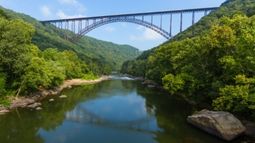
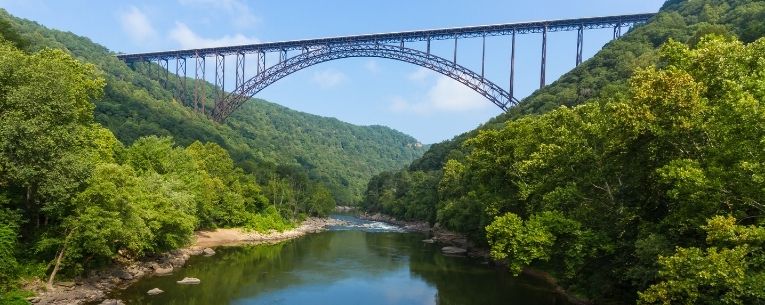
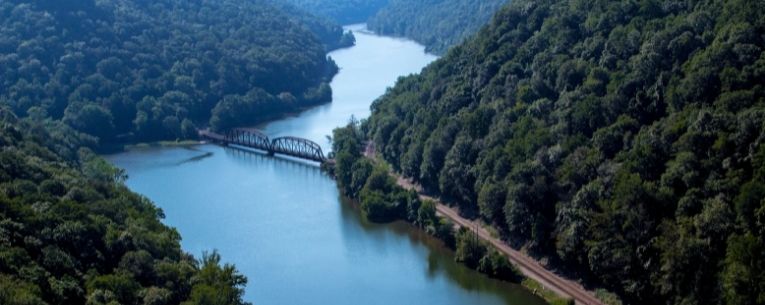
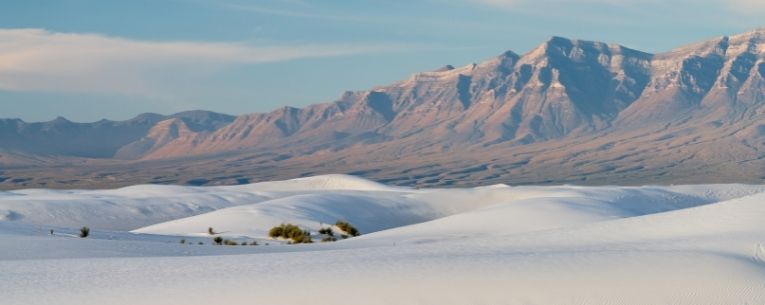
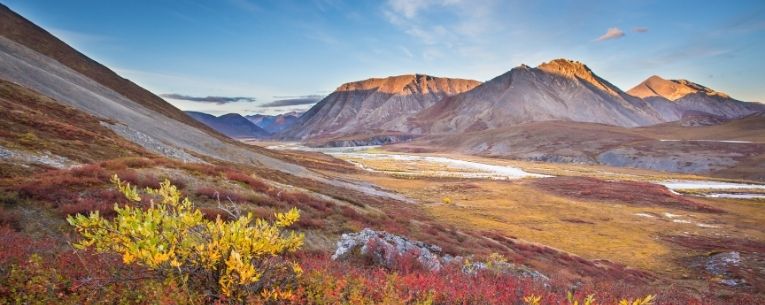
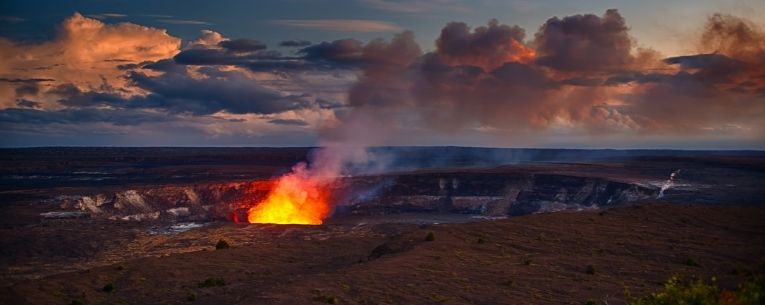




Share this Page